Onta Ware From Oita - Beauty That Never Changes

Onta, a village in Oita prefecture, is a place that seems to exist only in the movies. Take a look at this mountain village and its wonderful pottery, a craft that has been protected for centuries.
A Valley Pottery Town where the Sounds of Millstones Echo
During the Edo era, a lively local culture was born in Oita prefecture's Hita city.
In this northern area, mountains rise up and separate Fukuoka and Oita prefectures and deep within these mountains lies a village that has continued to make traditional pottery using the old methods for over 300 years. This village is popularly referred to as Ontayaki-no-sato or the 'Village of Onta ware'.
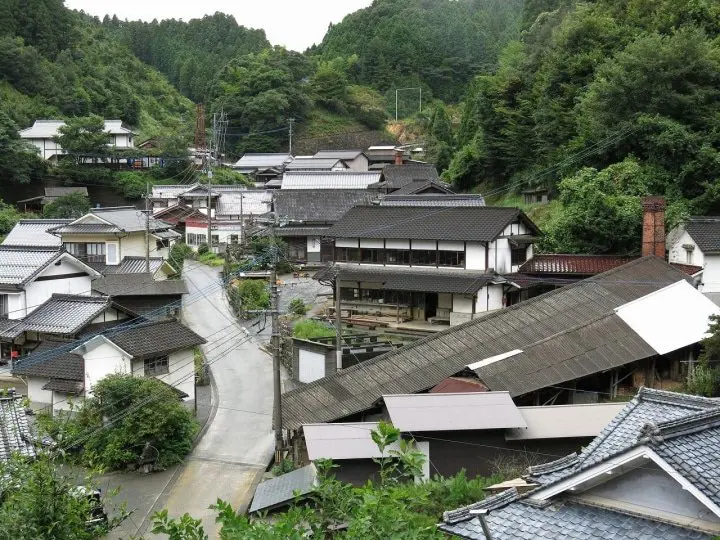
Photo by Pixta
Workshops are built side-by-side in this valley, fairly crammed into the small amount of space available. The Onta district has ten pottery studios and only ten! In order to preserve their traditional production methods, the number of studios is restricted. At each pottery studio, the production techniques for their pottery are passed down from parent to child from generation to generation.
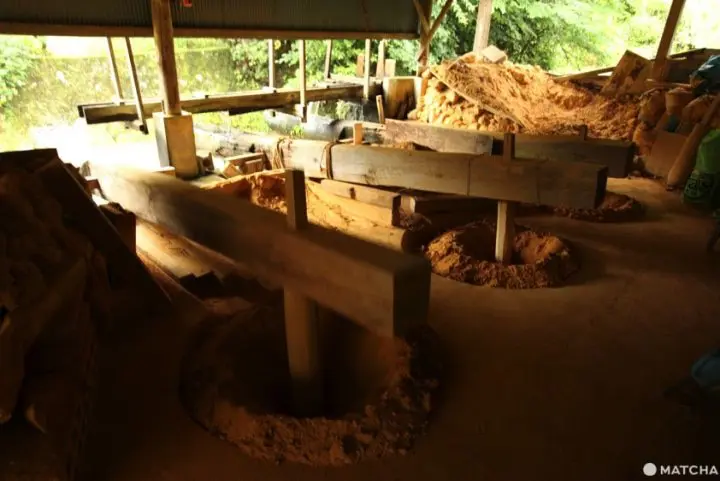
Upon setting foot in Onta you will notice a distinct yet strange sound and smell right away. The solid thumping sound that fills the air at a steady pace while the faint aroma of something burning wafts down the streets...
Simple Vessels That Exude the Warmth of the Earth
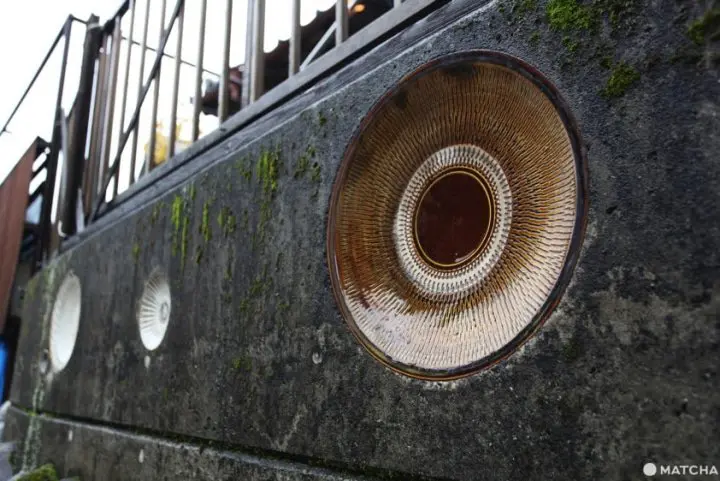
The original techniques established for manufacturing Onta ware have not changed in 300 years and have been lovingly preserved by the generations of potters since. These simple wares are made using a metal spatula that gives each piece its characteristic geometric pattern.
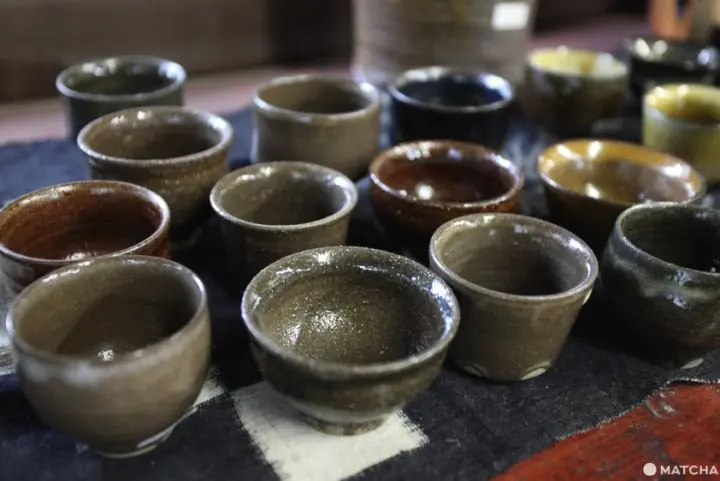
Originally viewed as a standard item in the village, during the Meiji period, a man searching for the village's own intrinsic arts, Yagina Muneyoshi, discovered the simple charm of these pieces, and the world learned of them after the British potter Bernard Leach took lessons at the pottery studios here.
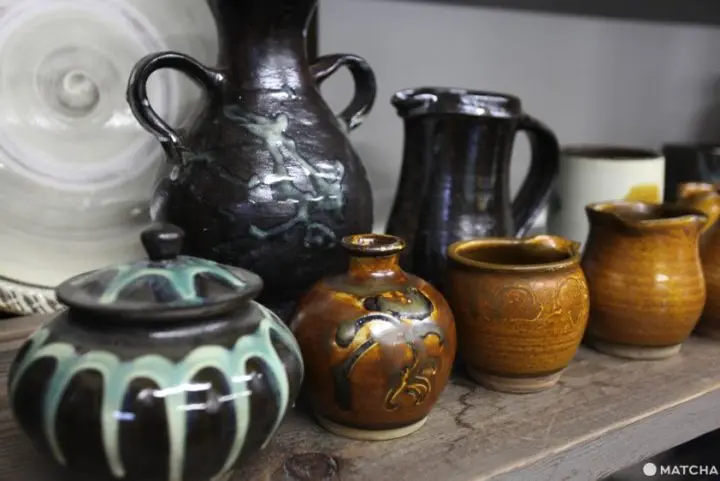
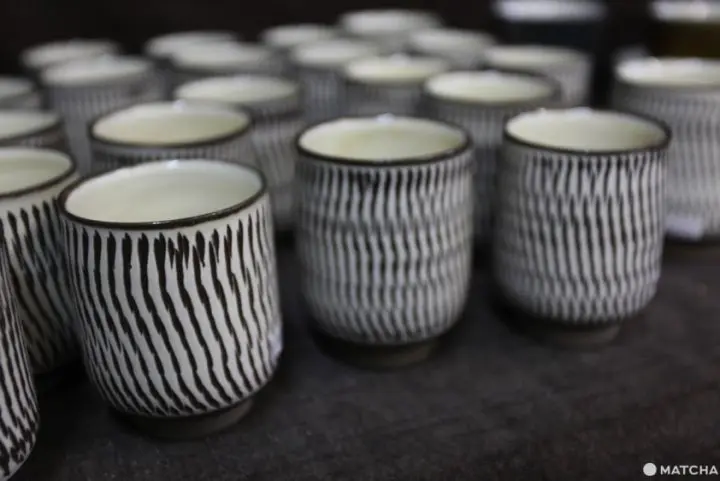
While not as fancy as Arita-yaki, the simplicity and lack of showiness make Onta wares more accessible, more like items that you would feel comfortable using on a daily or regular basis rather than as display pieces.
How Onta Pottery Is Made
Pottery has long been made throughout Japan, but if you were to exclude Ontayaki from the list, the number of places that have preserved the traditional manufacturing methods of their pottery is extremely low.
Ontayaki is made without the aid of any mechanical or electric machines whatsoever. Just as it was made in the past, these handicrafts are made solely from the strength of humans and nature. The pottery that is made today has inherited this unchanging quality, just as pottery made in the future will too.
Now let's take a closer look at a simplified explanation of just how to make these historical works.

First, we must find soil that is suitable for pottery making.
This is soil that has been dug up from the mountains. In Ontayaki-no-sato the pottery makers buy up the mountains jointly to secure soil suitable for making Ontayaki.
The soil is crushed into a thin powder by the hulling mortar.
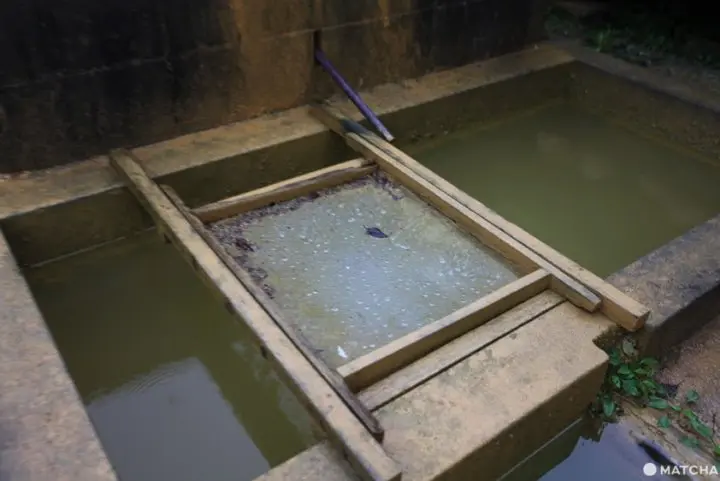
Next you place the finely crushed soil into water and remove any particulates that float to the surface.
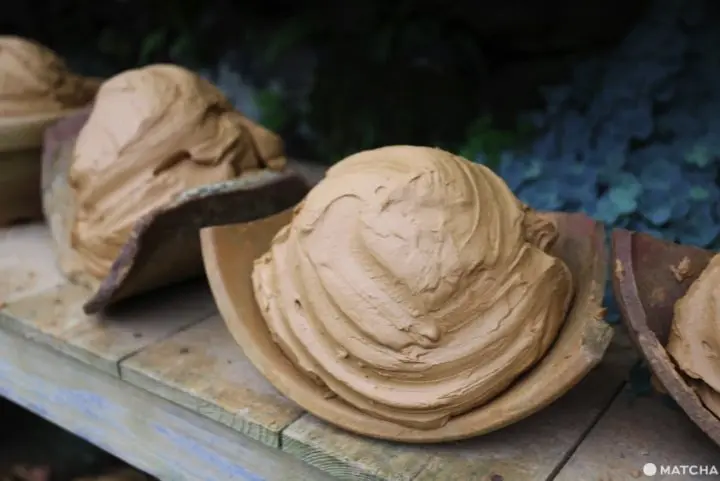
Now soft, smooth soil has been made. Once the moisture content of the clay has been reduced, it is ready to be used for pottery.
Inherited Traditional Techniques
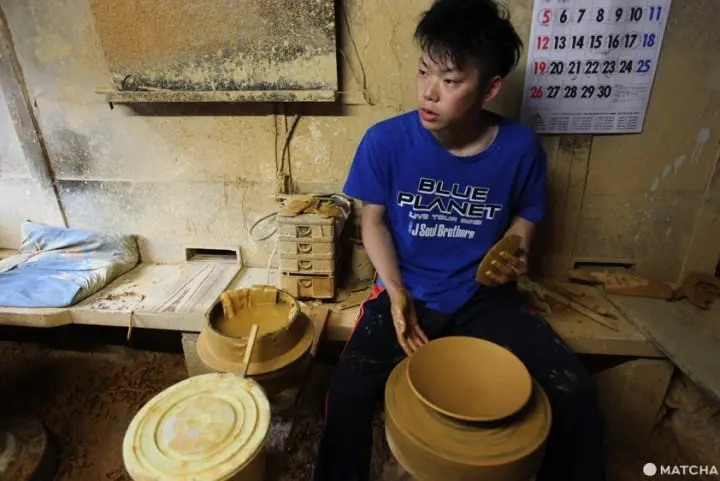
We visited the workshops to see what a pottery studio in action looks like. Today we went in the morning when you can still feel cool breezes outside.
Inside the workshop a young craftsman was already spinning the kerokuro, a potter's wheel that is spun using your feet. His name is Sakamoto Takuma, and at 21 he is one of the youngest potters here. He began training at 18 years of age and has already made several pieces.
According to Sakamoto Takumi, the chief director of the Ontayaki cooperative, Takuma is said to possess talents that are only found once every hundred years. In fact, Takuma received an award from the Japan Folk Craft Association - this award is usually presented to veteran craftsmen that have honed their craft over decades.
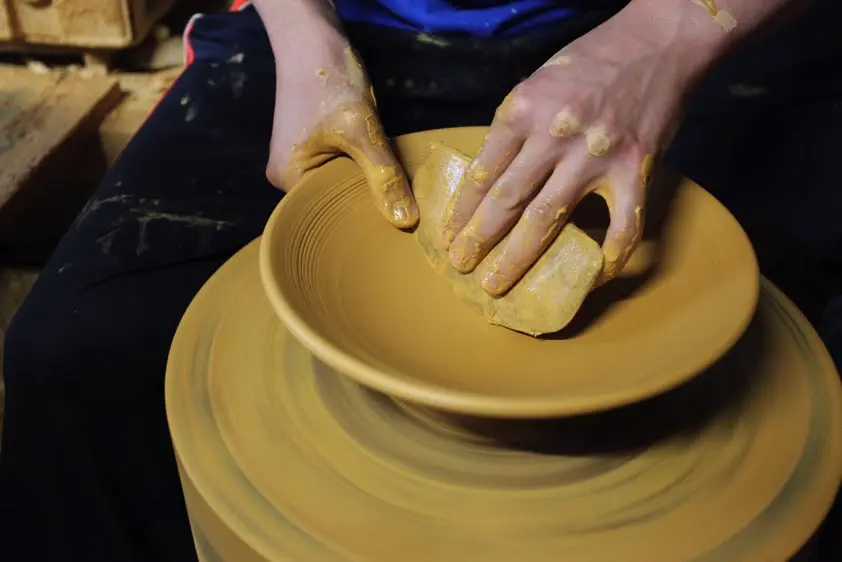
Right before our eyes a large bowl is being completed. Once it has been molded, dried, glazed and ornamented, the vessel will be placed in a kiln and allowed to cure in either the workshop's furnace or the shared village furnace where it will stay for 2 days.
Sakamoto Takuma: "When I was a kid there were times where I would play with the soil next to my dad while he was working. If you go back to the origins of Ontayaki pottery, they were friends and families that made Ontayaki together. There are times when we jointly use the kiln. The pottery makers are all close and the village as a whole works together to protect Ontayaki.
We also talked to Chief director Sakamoto Takumi.
Sakamoto Takumi: "Onta continues to protect the old manufacturing methods. We complete everything naturally, so we can't mass produce like other villages can. Folks that stay at home handle our correspondences, so as a sightseeing location we really can't accept that many tourists in town. However, that is also part of the charm here; the traditional way of life stays the same - the quality is still there. It's a very healthy and satisfying thing to place naturally made things or natural foods on a handmade dish."
Ontayaki-no-sato is in the middle of the mountains where it is hard to access without a car, which is part of the reason that it has kept its mountain village-like atmosphere and protected it from becoming an overcrowded sightseeing area.
If you would like to experience a serene mountain village and feel the power of never-changing traditional Japanese crafts, please visit Ontayaki-no-sato.
This is the official account of MATCHA's editorial department. Our articles feature useful travel information for visitors to Japan, from how-to guides to recommended places to visit.







































![[JR KYUSHU HOTEL Blossom Oita] Directly connected to Oita Station! A recommended hotel where you can also enjoy hot springs.](https://resources.matcha-jp.com/resize/720x2000/2025/05/29-234864.webp)
![[2026] A walking map of famous plum blossom spots in Osaka!](https://resources.matcha-jp.com/resize/720x2000/2025/12/22-253767.webp)

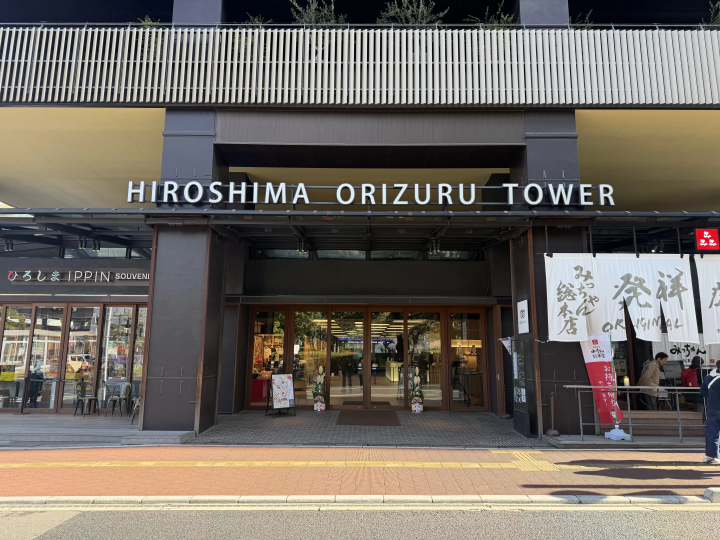
![[Coupons available] We're open even during the New Year holidays! We'll bring you information on our New Year's sale!](https://resources.matcha-jp.com/resize/720x2000/2025/12/26-254137.webp)